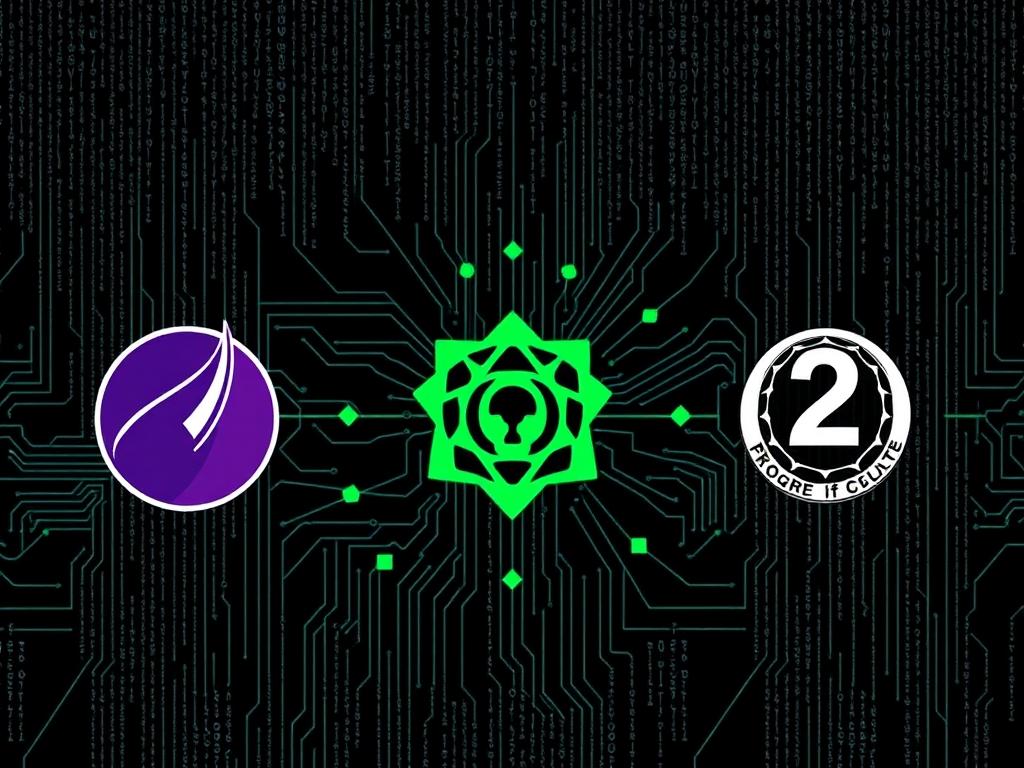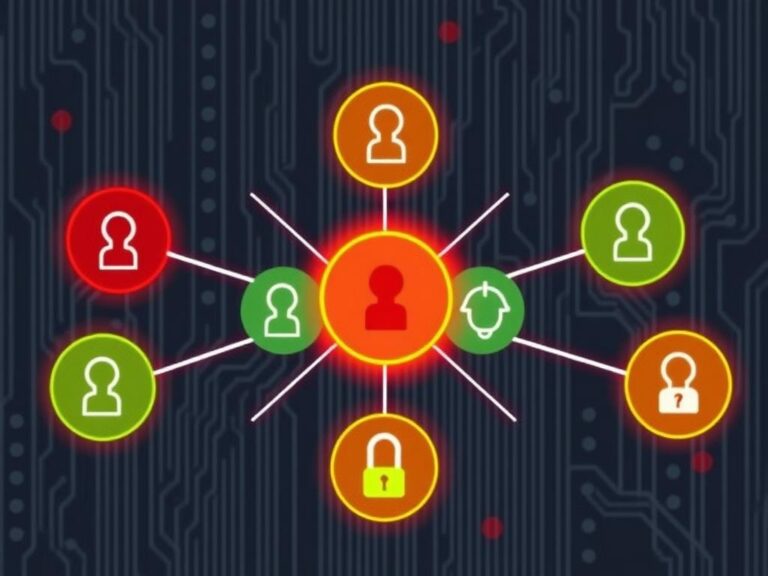Exploring Darknet P2P Networks: Tor, Freenet, and I2P Unveiled
In the digital age, privacy and anonymity have become sought-after commodities. As governments, corporations, and hackers constantly monitor online activities, many users turn to darknet peer-to-peer (P2P) networks to communicate securely and access information discreetly. Among the most prominent darknet P2P networks are Tor, Freenet, and I2P. These networks represent distinct approaches to privacy, anonymity, and decentralized communication. If you’ve ever wondered how they work, what makes each unique, and which might suit your needs, this article will take you on a detailed and engaging journey through the intricacies of darknet P2P networks.
Understanding Darknet P2P Networks
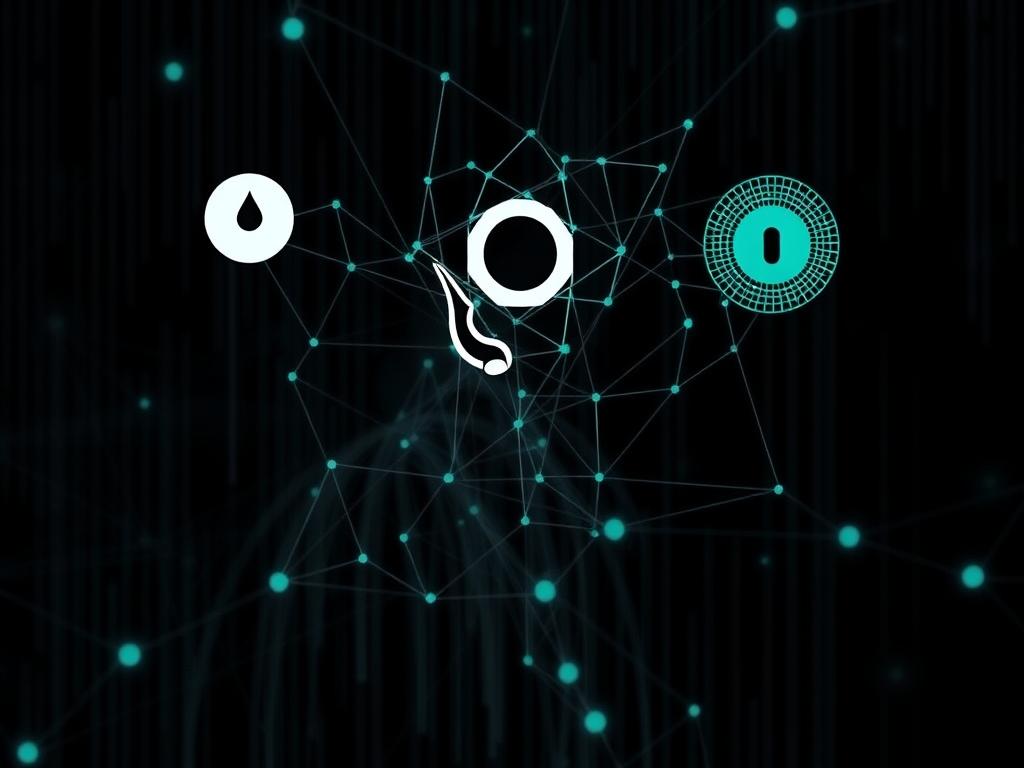
To grasp the essence of Tor, Freenet, and I2P, it’s important first to understand what darknet P2P networks are. Unlike the surface web, which is indexed by search engines and accessible to typical browsers, the darknet consists of hidden spaces within the internet that require special software or protocols to access. Peer-to-peer (P2P) networks allow computers (or peers) to communicate directly without reliance on centralized servers, increasing resilience and often enhancing privacy. Darknet P2P networks thus combine these features to provide platforms where users can share data, host websites, and send messages with an added layer of anonymity.
Each of the three leading darknet P2P networks—Tor, Freenet, and I2P—operates on different principles and technologies, carving niches that attract different user groups based on their privacy needs, tolerance for complexity, and use cases.
Tor: The Most Popular Gateway to the Darknet
Tor, short for The Onion Router, is probably the most famous darknet P2P network. Since its inception by the U.S. Naval Research Laboratory and subsequent release to the public, Tor has become synonymous with anonymous browsing and uncensored communication.
Tor works by routing a user’s internet traffic through a series of volunteer-operated servers called nodes or relays. Each relay peels away a layer of encryption, much like layers of an onion, obscuring the source and destination of the data. This multi-layered encryption is what gives Tor its name.
How Tor Works
Here’s a simplification of Tor’s operational process:
- The user’s data is encrypted multiple times.
- It passes through random relays in the network.
- Each relay decrypts one layer, learning only where to send the data next, but not the original source.
- The final relay (exit node) decrypts the last layer and sends the data to its intended destination.
This multi-hop routing means that neither the exit node nor any individual relay can trace both the sending and receiving addresses together, providing anonymity.
Tor’s Use Cases
Tor is used for many purposes: accessing blocked content in censored countries, communicating confidentially, whistleblowing, running anonymous websites called “onion services,” and simply evading surveillance.
Pros and Cons of Tor
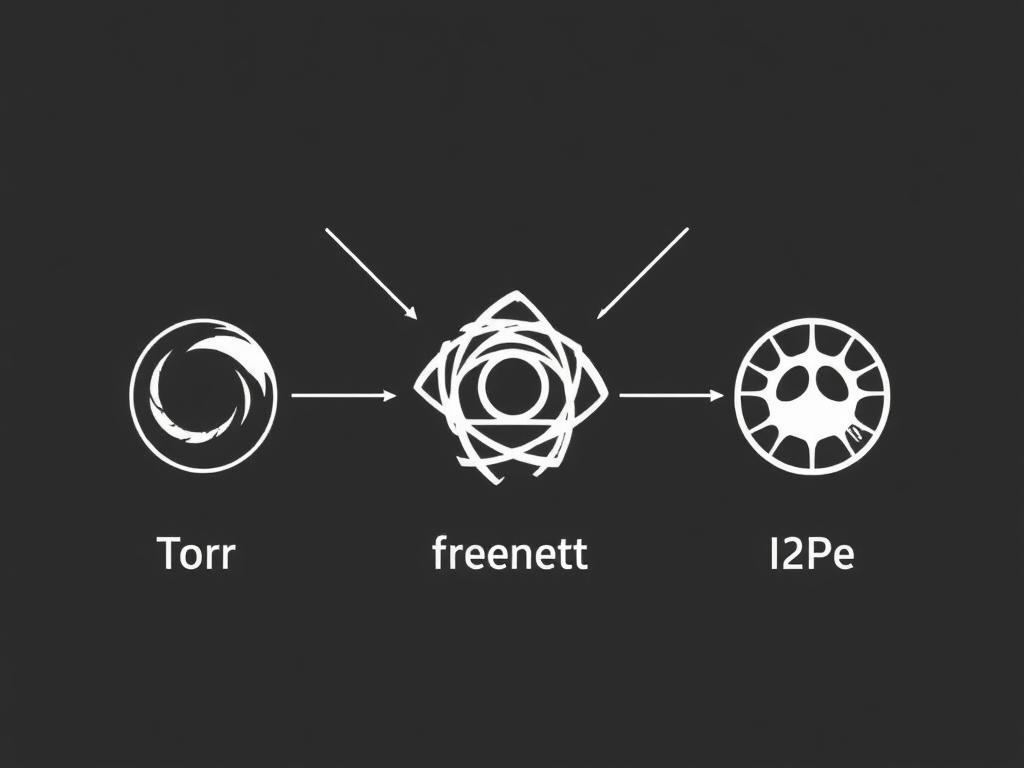
| Advantages | Disadvantages |
|---|---|
| Strong anonymity for users | Slower speeds due to multiple relays |
| Large volunteer network increases resilience | Exit nodes can see unencrypted traffic |
| Easy to use with the Tor Browser | Target for blocking by some ISPs and governments |
Freenet: Focused on Decentralized Storage and Sharing
Freenet is a darknet P2P network with a very different approach compared to Tor. It prioritizes decentralized storage and censorship resistance rather than anonymous web browsing. Originally developed to help activists share files and publish content that cannot be taken down easily, Freenet operates as a distributed datastore.
How Freenet Works
Unlike Tor’s routing-based anonymity, Freenet divides and replicates files across nodes in the network, making content retrieval anonymous through distributed hash tables (DHT). Users store encrypted pieces of files, which are automatically replicated on various nodes. When you request content, Freenet routes your request through peers, masking both requester and provider.
Use Cases of Freenet
Freenet is mostly used for anonymous publishing, file sharing, and hosting of websites called “freesites,” much like onion services but stored directly on the network rather than dedicated servers. It’s an ideal platform for activists, journalists, and communities seeking strong censorship resistance.
Pros and Cons of Freenet
| Advantages | Disadvantages |
|---|---|
| Highly resistant to censorship and takedown | Lower speeds due to distributed storage and routing |
| Content storage is decentralized and encrypted | Complex setup and less user-friendly interface |
| Strong anonymity for both publishing and retrieving | Content availability depends on replication |
I2P: The Invisible Internet Project for Private Networking
I2P, short for Invisible Internet Project, is another darknet P2P network designed to provide secure, anonymous communication within an “overlay network” — a virtual network layered on top of the public internet. I2P focuses on peer-to-peer applications, anonymous hosting, and messaging systems.
How I2P Works
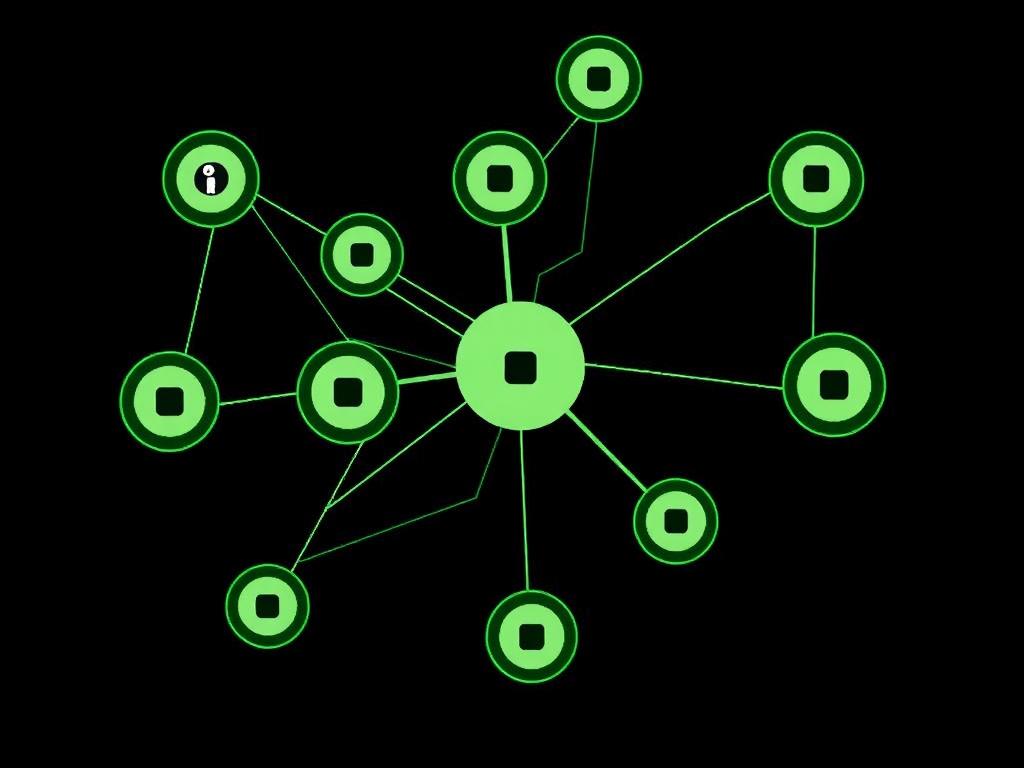
I2P creates tunnels between peers for sending and receiving traffic, with encryption applied at multiple layers. Unlike Tor, which uses circuits through random relays, I2P establishes inbound and outbound tunnels that use garlic routing—a method similar to onion routing but bundles multiple messages together for greater efficiency.
Use Cases of I2P
I2P is often used for hosting anonymous websites (called “eepsites”), instant messaging, file sharing via torrent clients adapted for I2P, and email within the network. Its focus is more on internal network services than on connecting to the clearnet (regular internet).
Pros and Cons of I2P
| Advantages | Disadvantages |
|---|---|
| Efficient anonymous communication with garlic routing | Smaller network compared to Tor, less robust |
| Supports anonymous hosting and various P2P apps | Complex to understand and configure for new users |
| Designed for persistent anonymous services | Limited exit to clearnet without specific tunnels |
Comparing Tor, Freenet, and I2P: Which One is Right for You?
Each of these darknet P2P networks serves different needs and preferences. To help you decide which might best suit your goals, here’s a quick comparative breakdown:
| Feature | Tor | Freenet | I2P |
|---|---|---|---|
| Primary Purpose | Anonymous browsing and hidden services | Decentralized file storage and sharing | Anonymous networking and hosting |
| User Friendliness | High (Tor Browser) | Medium to Low (complex setup) | Medium (requires learning curve) |
| Speed | Moderate to slow | Generally slow | Moderate |
| Censorship Resistance | Good but vulnerable to blocking | Excellent through decentralization | Good within the network |
| Network Size | Large and global | Smaller and niche | Medium-sized |
| Exit to Clearnet | Yes, via exit nodes | No, purely darknet | Limited, through specific tunnels |
How to Get Started Safely with Darknet P2P Networks
Venturing into darknet P2P networks requires a certain degree of caution. While these networks enhance privacy, they can also expose you to illegal content or surveillance if mishandled. Here are some best practices to keep in mind:
- Download software from official sources: Always get Tor Browser, Freenet, or I2P from their official sites to avoid malicious versions.
- Understand network limitations: Know the speeds, privacy guarantees, and vulnerabilities of your chosen network.
- Use strong security hygiene: Avoid sharing personal information, keep software updated, and consider additional tools like VPNs for layered protection.
- Respect local laws: Ensure that usage of darknet technologies complies with your country’s legal framework.
Conclusion
Darknet P2P networks like Tor, Freenet, and I2P offer powerful, though varied, tools for anyone seeking privacy, anonymity, and freedom of expression online. Tor stands out for anonymous web access with a user-friendly browser, while Freenet excels at decentralized content storage and censorship resistance. I2P balances efficient anonymous communication with a robust framework for hosting private services. Each network has its strengths and inherent trade-offs in speed, complexity, and scope. By understanding these differences, users can more effectively decide which darknet P2P network aligns with their goals—whether it’s private browsing, publishing information without fear of repression, or building secure peer networks. Exploring these technologies opens a window into a less visible, yet vital part of the internet where freedom and privacy still thrive.
